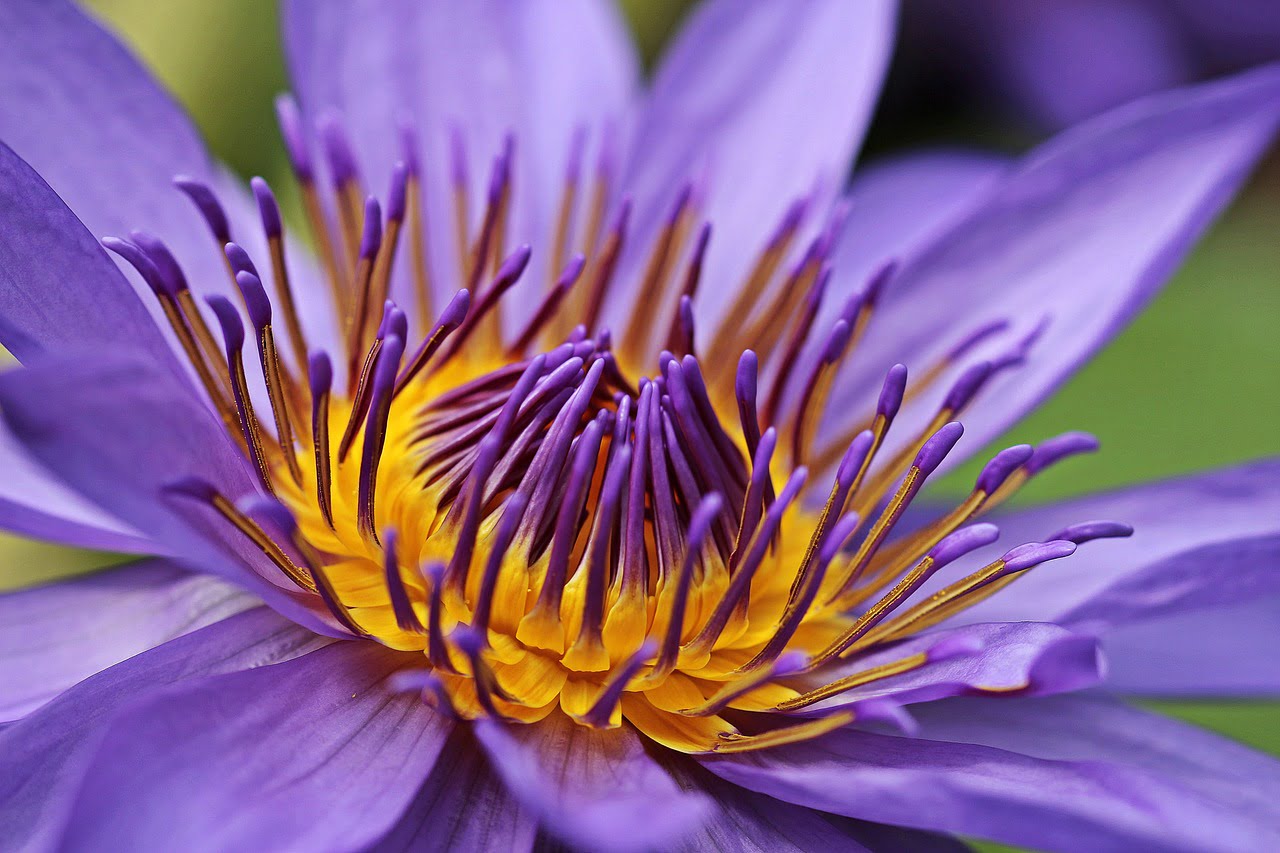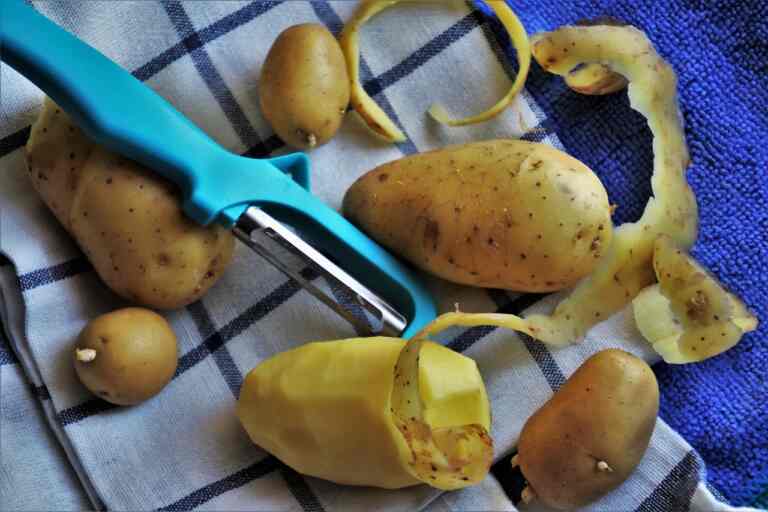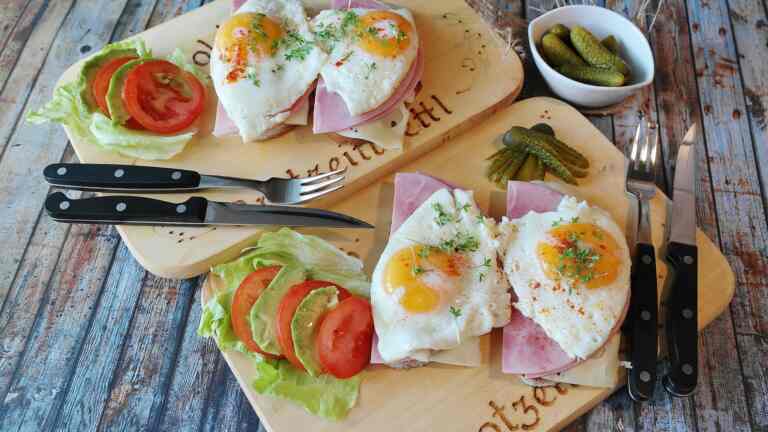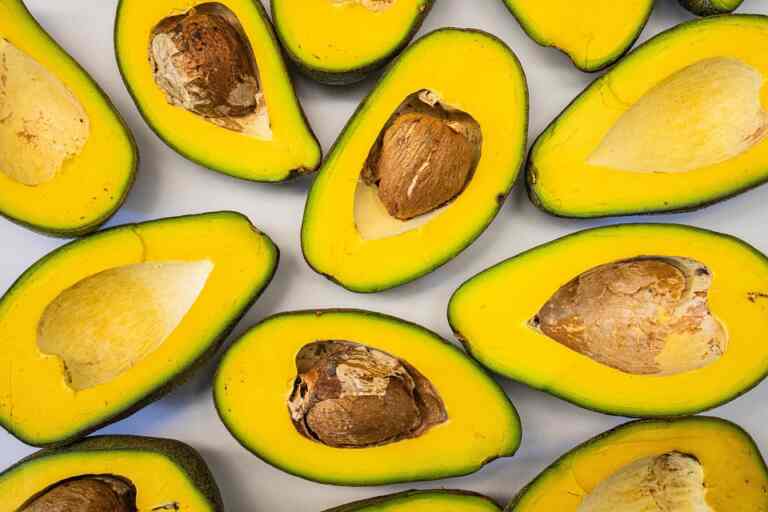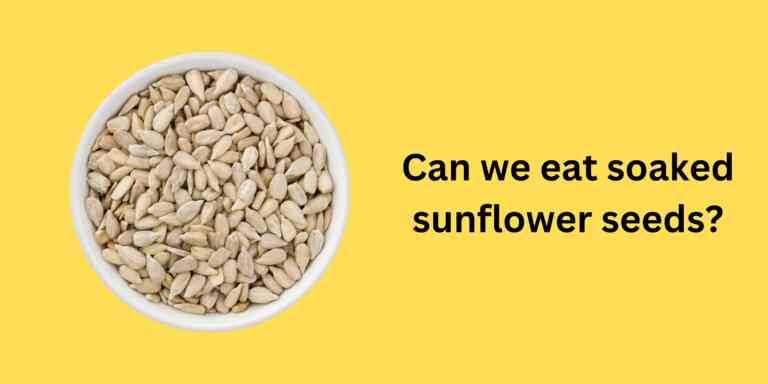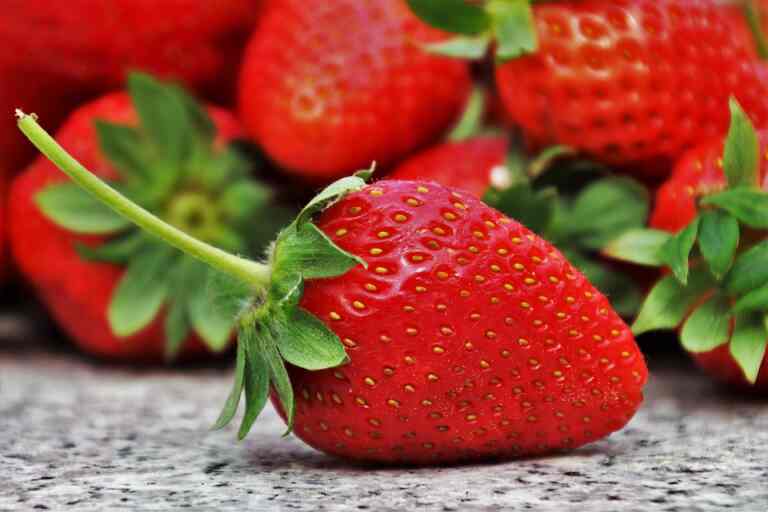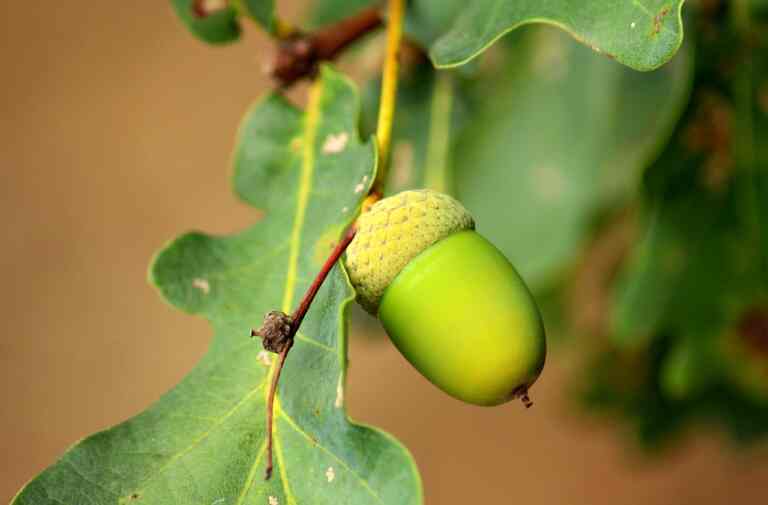Can we eat violets?
Can we eat violets? Violets, with their delicate petals and vibrant colors, have intrigued both gardeners and chefs for centuries. The question of whether we can eat violets is met with a resounding yes. These charming flowers are not just decorative; they’re entirely edible, offering a unique culinary experience. The petals, which range from purple and blue to white and yellow, possess a subtle, floral flavor that can enhance a variety of dishes.
In the culinary world, violets find their way onto plates in multiple ways. Their most common use is as a decorative element in salads, desserts, and beverages, adding a pop of color and a hint of sweetness. Creative chefs often candy violet petals, turning them into exquisite garnishes for cakes and pastries. Violet syrup, extracted by infusing the petals, brings a delightful floral note to beverages, while herbal teas benefit from the subtle aroma and taste of violet flowers and leaves.
“Edible Violets: Exploring the Culinary Potential of this Delicate Flower”
Violets, those exquisite blossoms adorning gardens and fields, have long captured our aesthetic senses. Yet, beyond their visual allure, violets offer a tantalizing journey into the world of culinary creativity. Delicate and edible, these vibrant blooms present a spectrum of culinary possibilities waiting to be explored. From enchanting desserts to gourmet salads, violets bring not just color, but also a subtle floral flavor that elevates dishes to a whole new level. Join us on a culinary adventure as we unravel the secrets and possibilities behind these edible violets, inviting you to indulge in their enchanting essence.
Are They Safe and Delicious to Consume?
When it comes to the culinary world, safety and taste are paramount. In the case of edible violets, the answer is a reassuring yes to both questions. Edible violets, carefully sourced and correctly identified, are not only safe to consume but also bring a delightful taste to various dishes. Their subtle, floral flavor adds a touch of elegance to salads, desserts, and beverages. When handled responsibly, these delicate blooms promise a culinary experience that is not only visually appealing but also delicious, making them a favored choice among chefs and food enthusiasts alike.
A Culinary Journey with Edible Violets
Embark on a gastronomic adventure with the enchanting allure of edible violets. These delicate blossoms, often regarded as mere ornamental treasures, have a rich culinary history waiting to be explored. From the vibrant hues of their petals to the subtle, floral notes they impart, edible violets invite you on a delightful journey through the world of flavors and aesthetics.
Discover the art of infusing these blossoms into syrups, creating vibrant violet-hued delicacies that sweeten your desserts and beverages. Delight in the process of candying their petals, transforming them into exquisite decorations for cakes and pastries, adding not just taste but also a touch of natural elegance.
Explore the realm of savory dishes, where violets lend a surprising, aromatic twist to salads and sauces. Their tender petals, carefully integrated, elevate your culinary creations from ordinary to extraordinary. Dive into the world of herbal teas, where violets offer a calming, fragrant infusion, turning a simple cup of tea into a sensory experience.
On this culinary journey, savor the delicate beauty and subtle flavors of edible violets. Whether you’re a seasoned chef or an amateur cook, these blossoms promise a gastronomic adventure filled with creativity and culinary delights. Let the vibrant colors and enchanting aroma of violets guide your hands in the kitchen, and indulge in a feast for both the eyes and the taste buds. Bon appétit!
Unveiling the Edibility of Violets
Violets, with their delicate petals and vibrant colors, have long been admired for their ornamental beauty. Yet, beneath their charming exterior lies a fascinating culinary secret. The question of their edibility unfolds a tale of both artistry and gastronomy.
In the world of culinary delights, violets are not merely decorative; they are entirely edible. Their petals, ranging from shades of purple and blue to delicate whites and yellows, conceal a subtle, floral flavor that has captured the attention of chefs and food enthusiasts alike. But the journey into their edibility is not without caution.
Differentiating between edible violets and their non-edible counterparts requires knowledge and precision. Not all violets are fit for consumption, making it imperative to identify the right species before embracing them in culinary adventures. By carefully discerning the safe varieties, one can unlock a treasure trove of culinary possibilities.
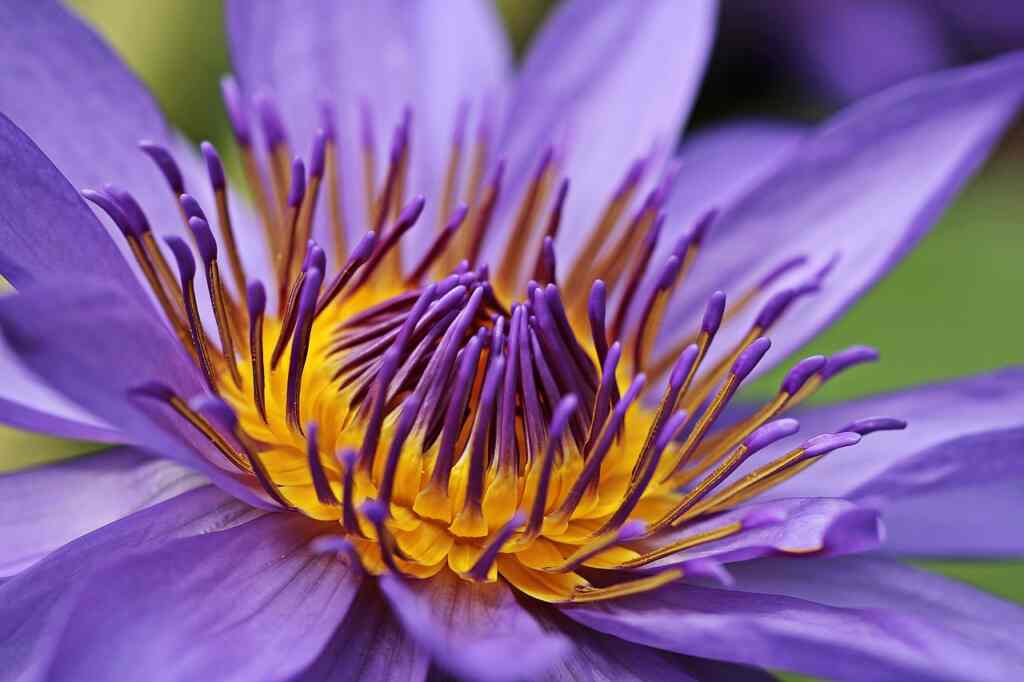
Are They a Gourmet Ingredient or a Garden Ornament
Violets, with their ethereal beauty, often prompt a question in the minds of enthusiasts: are they meant to be a gourmet ingredient or simply a garden ornament? The truth, as it turns out, is a delightful blend of both.
In the realm of gourmet cuisine, violets are nothing short of a culinary gem. Their delicate petals, bursting with a subtle floral flavor, have earned them a coveted place in the kitchens of renowned chefs. When used thoughtfully, violets transform ordinary dishes into extraordinary creations. Their infusion in syrups, adornment on pastries, and incorporation into salads lend an exquisite touch, making them a favorite among culinary artists seeking to elevate their creations.
Simultaneously, violets retain their status as garden ornaments, gracing landscapes with their vivid hues and adding a touch of natural elegance. In gardens, they are a testament to nature’s aesthetic prowess, enhancing the visual appeal of any outdoor space. Their presence invokes a sense of tranquility and beauty, making them a beloved choice for gardeners and enthusiasts passionate about ornamental flora.
A Guide to Understanding Edible Flowers
Flowers, those vibrant symbols of nature’s beauty, have transcended their ornamental roles to become delightful additions to culinary creations. Edible flowers, carefully chosen and prepared, can add a burst of color, flavor, and elegance to various dishes. Understanding these edible blooms is an art and a science, guiding chefs and home cooks alike through a world of gastronomic possibilities.
**1. Varieties of Edible Flowers:
- Common Edible Flowers: Some commonly used edible flowers include violets, pansies, nasturtiums, and calendula. Each variety has a unique flavor profile, from spicy and peppery to subtly sweet and citrusy.
- Cautions and Considerations: Not all flowers are edible. It’s crucial to identify edible varieties accurately. Avoid flowers treated with pesticides or chemicals. When in doubt, consult reliable resources or expert gardeners.
**2. Culinary Uses:
- Salads and Garnishes: Edible flowers brighten salads and make exquisite garnishes, adding a pop of color and flavor.
- Desserts: From cakes to pastries, flowers like roses and lavender enhance the sweetness of desserts, introducing a floral note.
- Infusions and Syrups: Flowers can be infused into teas or used to make syrups, providing unique fragrances and tastes.
- Herb Substitutes: Certain edible flowers can be used as substitutes for herbs, imparting distinct flavors to savory dishes.
**3. Preparation and Presentation:
- Cleaning: Gently wash flowers to remove dirt and insects. Use them immediately or store them properly for freshness.
- Creative Presentation: Experiment with artistic presentations. Freeze flowers in ice cubes or crystallize them with sugar for visually stunning effects.
- Balancing Flavors: Understand the flavor intensity of each flower. Balance their taste with other ingredients in your recipe.
**4. Cultural Significance:
- Traditional and Cultural Uses: Many cultures have historical uses for edible flowers in their cuisine and rituals.
- Symbolism: Flowers often carry symbolic meanings. Knowing cultural contexts adds depth to your culinary creations.
**5. Final Considerations:
- Allergies: Exercise caution, especially if you or your guests have allergies. Some individuals might be allergic to certain edible flowers.
- Responsibility: If foraging for edible flowers, ensure you are in an area free from pollutants and pesticides. Respect nature and forage responsibly.
An Exploration of Floral Flavors in Cuisine
Floral flavors, reminiscent of blooming gardens and fragrant breezes, have found a cherished place in the world of gastronomy. In this culinary exploration, we dive into the intriguing realm of floral-infused cuisine, where the delicate essence of flowers transforms ordinary dishes into extraordinary culinary experiences.
1. Blossoming Aromas:
- Varieties of Edible Flowers: Delicate blooms like roses, lavender, elderflowers, and jasmine offer a spectrum of fragrances, from sweet and citrusy to spicy and herbal.
- Aromatic Bouquets: Floral aromas create sensory anticipation, enhancing the overall dining experience.
2. Culinary Alchemy:
- Infusions and Syrups: Flowers steeped in syrups or infused in oils add nuanced floral notes to sauces, beverages, and desserts.
- Tea Time Treats: Herbal teas featuring chamomile, hibiscus, or chrysanthemum provide calming floral flavors, making tea-drinking a sensory delight.
3. Sweet Elegance:
- Desserts: Petals and extracts elevate desserts – from rosewater macarons to lavender-infused crème brûlée – offering a sophisticated sweetness.
- Floral Icings: Edible flowers adorn cakes and pastries, their vibrant colors and delicate flavors making them the perfect decorative touch.
4. Savory Surprises:
- Salads: Edible flowers like nasturtiums and marigolds add a peppery kick, transforming salads into vibrant, flavorful creations.
- Floral Herb Blends: Combining flowers with herbs introduces depth to savory dishes, creating a symphony of tastes.
Conclusion
In the colorful tapestry of culinary arts, the exploration of floral flavors unveils a realm of unparalleled creativity and sensory delight. From the sweet caress of roses to the vibrant zest of marigolds, edible flowers have transcended mere ingredients, becoming aromatic muses for chefs and home cooks alike. Through this journey, we have delved into the art of infusions, the subtlety of herbal blends, and the visual poetry of artful presentation.
Floral-infused cuisine is not just about taste; it’s a celebration of nature’s artistry and cultural diversity. Each petal, each bloom, carries not only a unique flavor but also a story – a tale of tradition, symbolism, and reverence in various cultures worldwide. Whether it’s the delicate garnish on a dessert or the aromatic heart of a tea, edible flowers bring a touch of elegance and a burst of color to the dining table.
As we savor the culinary creations woven with floral finesse, let us also embrace the responsibility that comes with this fragrant journey. Respect for nature, ethical foraging, and sustainable practices ensure the continued availability of these delicate blooms. By understanding and preserving the delicate balance between our culinary desires and the environment, we can continue to enjoy the enchantment of floral flavors for generations to come.
So, in the grand symphony of flavors, let edible flowers be the melodious notes that add harmony and beauty to our gastronomic adventures. May each petal remind us of the intricate wonders of the natural world and inspire us to create, explore, and appreciate the delightful fusion of culinary art and floral elegance.
This article is reviewed by Russel, before publishing. If you have any doubt, you can contact us or consult with your nearby doctor. Remember, in medical matters, there is no same advice, cure, and medicine for all.

